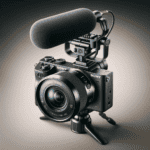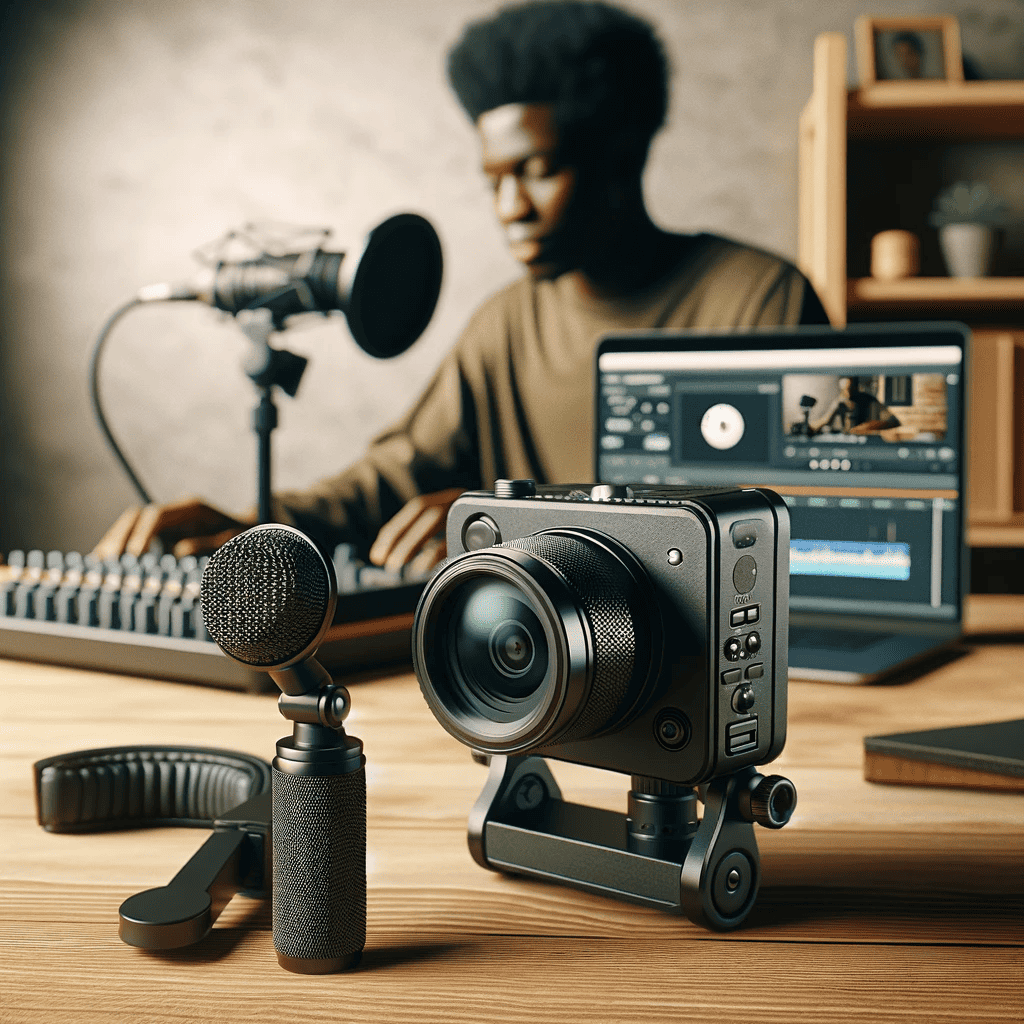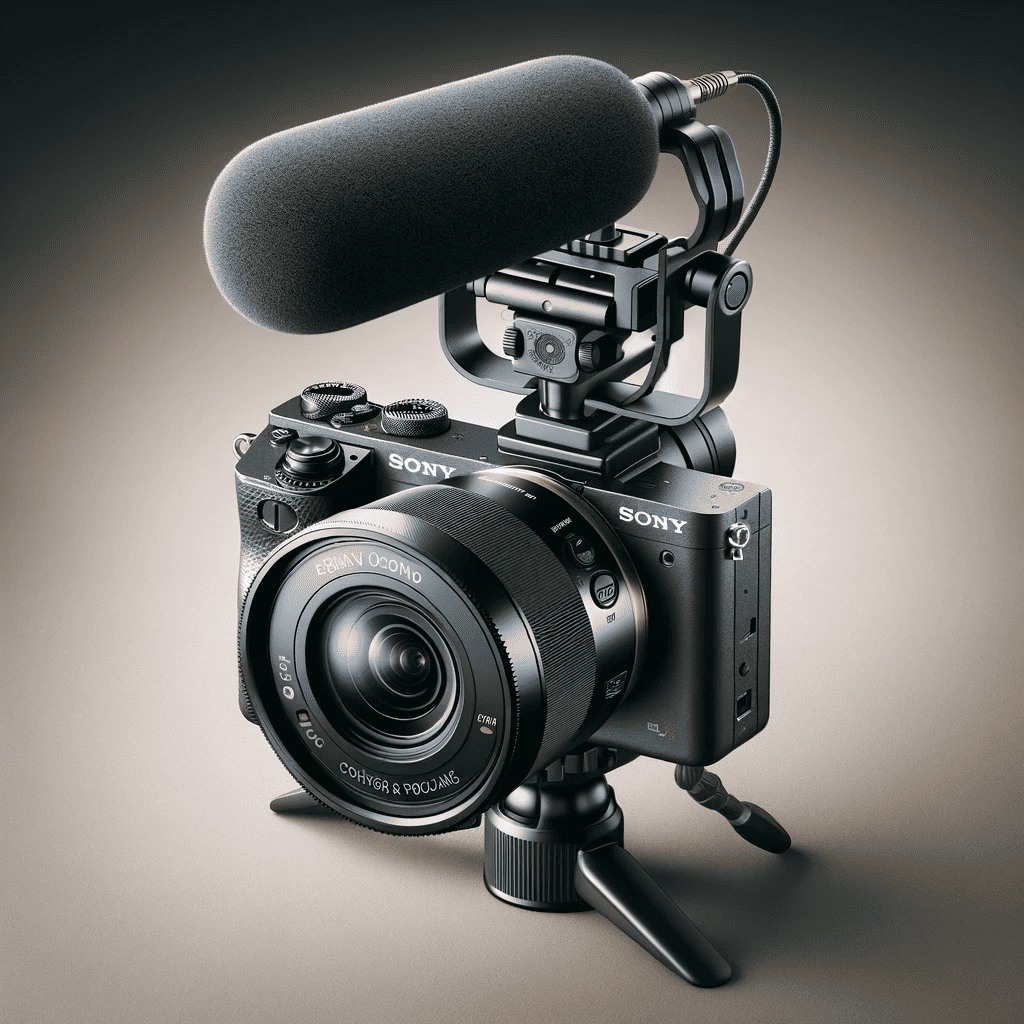Introduction
The world of photography has undergone a remarkable transformation since its inception, from bulky and complex cameras to sleek and technological wonders. One significant innovation in the realm of photography is the advent of instant cameras. These unique devices have captivated the hearts of both professional photographers and enthusiasts alike, offering a tangible and immediate way to capture memories in a fast-paced digital age.
Brief history of instant cameras
Let us embark on a journey through time, back to the late 1940s when the concept of instant photography was first conceived. The visionary behind this groundbreaking invention was Edwin Land, an American scientist and entrepreneur who founded Polaroid Corporation. In 1948, Polaroid launched its first commercial instant camera, known as the Polaroid Land Camera Model 95.
This landmark product revolutionized photography by allowing users to produce prints within minutes without needing a darkroom or external processing. The instant camera’s rise to fame continued throughout the following decades.
It became an emblem of convenience for capturing moments at family gatherings, vacations, and other cherished occasions. During its peak popularity in the 1970s and 1980s, it seemed as if everyone owned or desired one—a symbol of both technological innovation and societal aspiration.
Importance and popularity of instant cameras in the digital age

In today’s world dominated by smartphones with high-quality built-in cameras, one might question whether there is still space for instant cameras. However, despite modern advancements in digital photography technology, instant cameras continue to thrive due to their unique characteristics that cannot be replicated digitally.
Firstly, instant cameras offer a tangible experience that satisfies our innate desire for physicality in an increasingly virtual world. Holding a printed photo instills a sense of nostalgia that cannot be replicated by scrolling through endless digital galleries on a screen.
Instant cameras provide an immediate gratification, enabling us to see the physical manifestation of our captured memories right before our eyes. Furthermore, instant cameras encourage us to slow down and be more deliberate in our photography.
With limited shots available per film pack, each picture becomes more precious and valuable. This limitation compels photographers to consider composition, lighting, and subject matter more carefully, resulting in a heightened appreciation for the art form.
Despite the convenience of digital photography and its ability to capture countless images effortlessly, instant cameras offer an alternative that resonates deeply with those seeking a unique photographic experience. Their enduring popularity showcases how people still yearn for the magic of watching an image develop before their eyes—a testament to the enduring allure of this remarkable invention.
Overview of Instant Cameras
Definition and Purpose of Instant Cameras
Instant cameras, also known as Polaroid cameras (after the popular brand that pioneered this technology), are unique devices that allow users to capture and print photographs instantly. Unlike digital cameras or traditional film cameras, instant cameras provide a tangible photograph immediately after pressing the shutter button. The beauty of instant cameras lies in their ability to combine the excitement and anticipation of capturing a moment with the gratification of holding a physical print in your hands moments later.
The purpose of instant cameras goes beyond mere photography; they symbolize a return to the essence of capturing memories. In today’s fast-paced digital age, where photos are often forgotten on phones or stored on hard drives, instant cameras provide an immediate physical representation of a moment frozen in time.
They offer a nostalgic touch, evoking feelings of spontaneity and authenticity. Instant cameras have become popular among various demographics, including photographers looking for unique artistic expression, travelers seeking mementos from their adventures, and social media enthusiasts who yearn for tangible keepsakes amidst digital overload.
Different Types and Brands Available in the Market
The market offers a diverse range of instant camera models catering to different preferences and budgets. One prominent brand dominating this sphere is Fujifilm with its Instax series which includes models like Instax Mini 11, Instax Mini 70, and Instax Wide 300.
Fujifilm instax mini film is widely available for these models, providing users with credit-card-sized prints perfect for sharing or scrapbooking. Another notable player in the instant camera market is Polaroid Originals (formerly The Impossible Project), continuing the legacy established by Edwin Land’s original Polaroid Corporation.
Their products include classic-style instant cameras such as Polaroid OneStep+ and Polaroid Now that maintain the vintage charm while incorporating modern features like Bluetooth connectivity and self-timers, appealing to both nostalgic enthusiasts and contemporary photographers. Additionally, brands like Lomography offer quirky and creative instant cameras like the Lomo’Instant Automat, which allows for experimental photography with multiple exposure capabilities and colored gel filters.
Other notable brands include Leica’s SOFORT, with its premium build quality and advanced features, and Kodak’s Printomatic camera that provides a hybrid experience by capturing digital images while simultaneously printing 2×3-inch prints. These are just a few examples of the wide range of instant camera options available in the market.
Each brand offers its unique features, lens options, film formats, and design aesthetics to cater to different user preferences. Whether you’re seeking simplicity or sophistication, there is an instant camera out there waiting to capture your moments in an instant.
The Mechanics Behind Instant Cameras
Light entering the camera lens: Capturing the Essence of Reality
When a photographer looks through the viewfinder of an instant camera, they are peering into a world where light reigns supreme. The journey begins as beams of light pass through the camera lens, which acts as a gatekeeper to control and channel this ethereal energy.
The lens plays a pivotal role in shaping and focusing light onto the film, for without it, there would be no tangible representation of our visual experiences. Its intricate design consists of multiple glass elements that work in unison to bend and converge incoming rays, ultimately forming a coherent image on the film.
By adjusting the lens’s focal length or using additional accessories such as filters, photographers can manipulate how light is captured, resulting in varying perspectives and aesthetic effects. One critical aspect closely intertwined with light capture is controlling exposure.
Instant cameras provide photographers with aperture settings that allow them to regulate the amount of light reaching the film. Aperture refers to an adjustable opening within the lens that expands or contracts like a pupil in response to changing lighting conditions.
This aperture setting directly affects depth of field – how much of an image appears in sharp focus from foreground to background – and also determines how bright or dim the final image will be. By choosing an appropriate aperture size based on their artistic vision or available lighting conditions, photographers can masterfully balance exposure and achieve precisely desired outcomes.
Film Development Process: Unveiling Artistry Layer by Layer
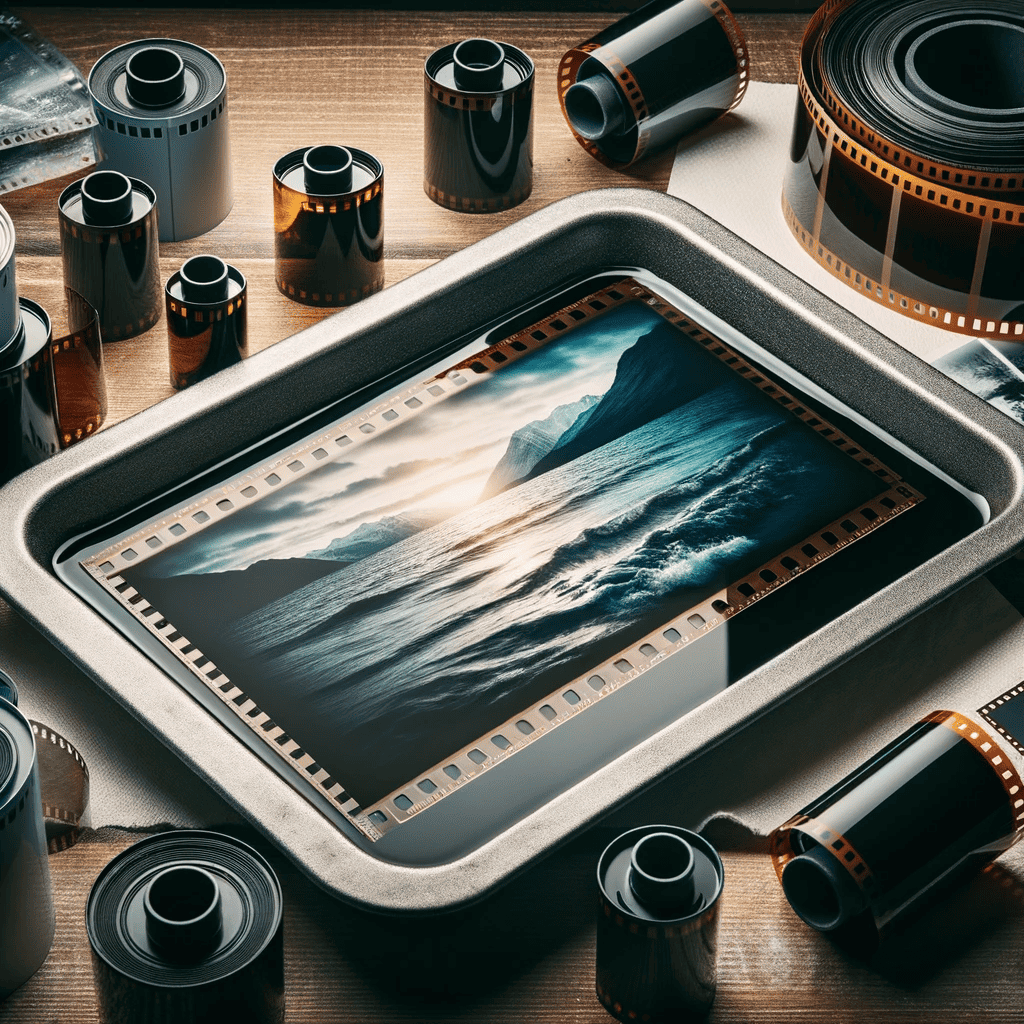
Behind each instant photograph lies a complex dance between chemistry and creativity—a symphony conducted within layers upon layers of specialized film. At its core resides the emulsion layer—a delicate arrangement containing an orchestra of light-sensitive chemicals waiting for their cue from photons infused by captivating scenes. As these chemicals soak up photons during exposure, they begin their transformative journey toward creating captivating images.
Next in line is the developer layer, which initiates the alchemical process of image formation. When exposed to light, the light-sensitive chemicals within this layer spring into action, catalyzing a cascade of chemical reactions that will ultimately give birth to our photographic masterpiece.
This stage is where latent invisible images transform into visible ones—a magical metamorphosis unfolding before our very eyes. Timing also plays an essential role in the film development process.
The timing layer acts as a conductor, keeping a watchful eye on the pace at which the image forms. Its primary function lies in controlling development time precisely, ensuring that each photograph achieves optimal results in terms of color balance and clarity.
Through careful regulation and coordination between chemicals and timing, this layer ensures that no artistic subtlety is lost or compromised during development. We encounter the image-receiving layer—a humble yet crucial component that receives and captures the final result of this intricate dance of chemistry and light.
It records every nuance, every brushstroke of color with great fidelity to preserve these fleeting moments for eternity. The composition of this layer varies depending on the specific instant film used; it may involve dyes or pigments capable of capturing vibrant landscapes or monochromatic tones evoking nostalgia and timelessness.
Thus emerges a comprehensive overview of how instant cameras masterfully orchestrate an interplay between lens mechanics, exposure control through aperture settings, intricate film composition layers with their associated chemical reactions, and precise timing mechanisms. Understanding these inner workings not only deepens our appreciation for instant photography but also empowers us to unlock new realms of creativity through this captivating medium.
Capturing an Image with an Instant Camera
Shutter mechanism for controlling exposure time

The shutter mechanism is a critical component in instant cameras that regulates the amount of time the film is exposed to light. By controlling the exposure time, the shutter determines the brightness and clarity of the captured image. Different cameras employ various types of shutters, including leaf shutters and focal plane shutters.
Leaf shutters are commonly found in instant cameras due to their compact size and reliability. They consist of several thin metal blades that open and close like a curtain, allowing light to pass through the camera lens onto the film for a specific duration.
Focusing options available on instant cameras
Instant cameras offer different focusing options to ensure sharp and clear images according to various shooting scenarios. One common method is manual focus adjustment using lens rings or buttons. This allows photographers to manually set the focus distance by rotating or pressing buttons on the camera body, thereby ensuring precise control over what appears sharp in their composition.
On the other hand, modern instant cameras feature automatic focusing systems that utilize infrared or ultrasonic sensors. These sensors measure and analyze distances between objects in front of the camera, enabling it to automatically adjust focus settings for optimal image quality.
Ejection mechanism for pushing out exposed film from the camera
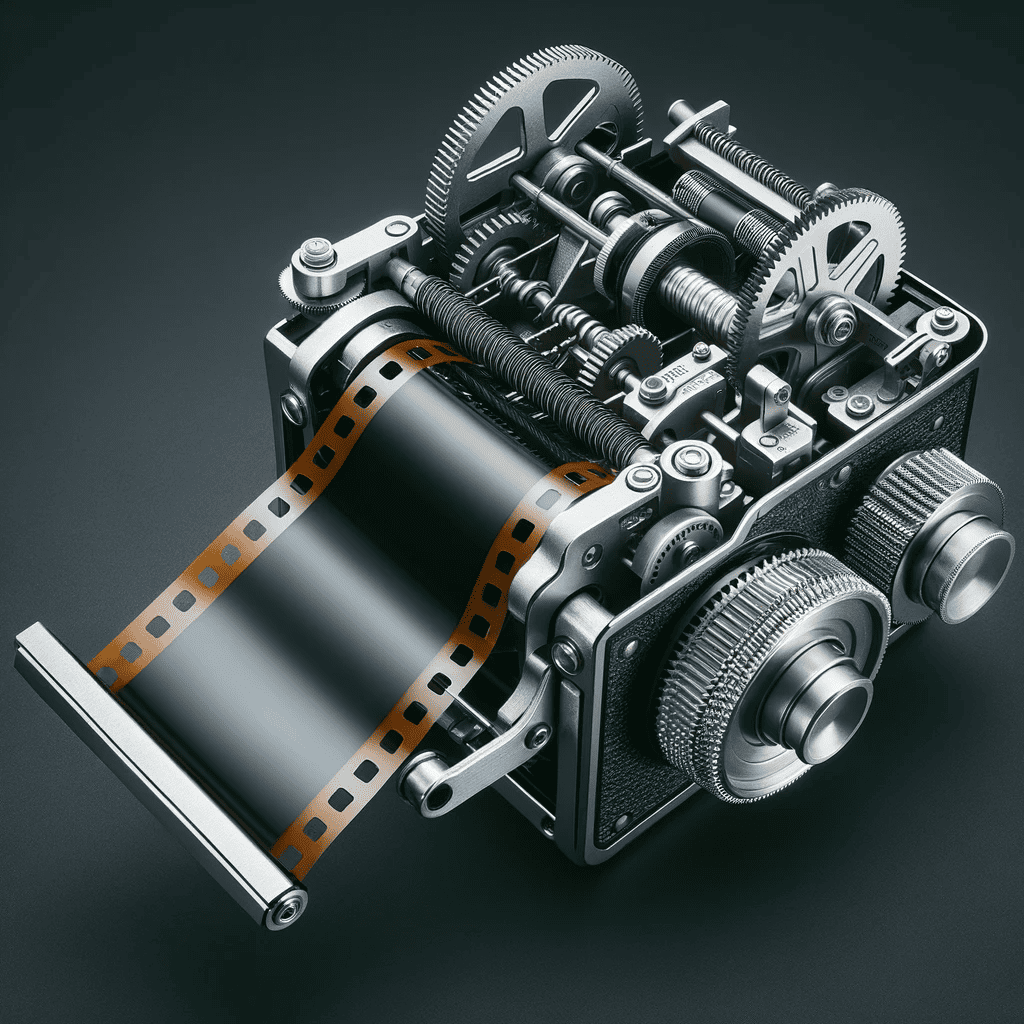
Once an image is captured by an instant camera, it undergoes a fascinating process inside its body known as ejection. The ejection mechanism is responsible for pushing out exposed film from within the camera so that it can be developed into a visible photograph.
This process typically involves motorized rollers that grip onto both ends of a sheet of film as it emerges from its cassette housing. The rollers then guide the film outwards while evenly spreading developer chemicals across its surface.
1. The rollers play a crucial role in ensuring the even distribution of developer chemicals across the film’s surface during the ejection process.
As the exposed film is pushed out, the rollers gently and uniformly spread the developer solution contained within the camera over the entire area of the film. This process guarantees that each part of the image receives an adequate amount of chemical reaction, resulting in consistent and accurate development.
2. To achieve optimal image quality, instant cameras employ a timing mechanism that ensures proper development before the photograph is completely ejected from the camera.
This mechanism controls the duration during which developer chemicals interact with light-sensitive materials on the film. By carefully regulating this timing, it allows enough time for chemical reactions to take place, creating a well-developed image without overexposure or underexposure.
Conclusion
Instant cameras are marvels of engineering that combine artistry and technology to capture and develop images in real-time. From their shutter mechanisms that control exposure time to their various focusing options, these cameras provide photographers with versatile tools to express their creativity.
The ejection mechanism, with its rollers and timing mechanisms, ensures that exposed film is evenly processed and developed into vibrant photographs.
So next time you reach for an instant camera, remember all its intricate mechanisms working harmoniously behind-the-scenes to deliver nostalgic memories instantly at your fingertips. Embrace this blend of modern convenience and timeless charm as you embark on your photographic journey with an instant camera by your side!



